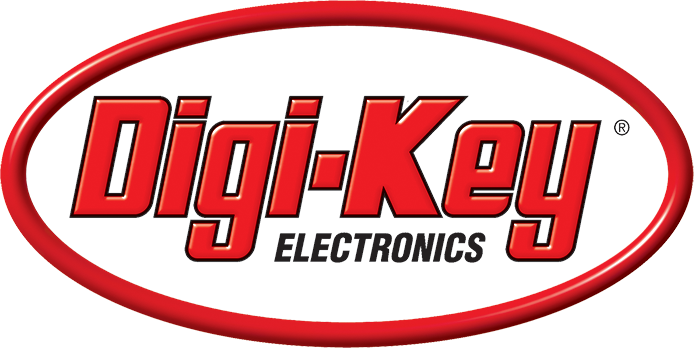Steer Clear of Thermal Imaging Pitfalls: Tips for Accurate Temperature Measurements and Testing of Heating Elements
As experts in temperature measurements and testing of heating elements, we understand the challenges that come with thermal imaging. When used correctly, thermal imaging can be a powerful tool in identifying hotspots, detecting faults, and ensuring efficient performance. However, there are several pitfalls to avoid when using thermal imaging to ensure accurate temperature measurements and testing of heating elements. In this article, we will provide tips to help you steer clear of thermal imaging pitfalls.
Understanding Thermal Imaging
Thermal imaging is a technique that uses infrared radiation to capture the temperature of objects without making physical contact. In thermal imaging, a camera detects the infrared radiation emitted by objects and converts it into an image. The colors in the image correspond to different temperatures, allowing the user to identify hotspots and temperature variations.
Thermal imaging is widely used in the heating and cooling industry for testing and monitoring heating elements, HVAC systems, and insulation. It is also used in building diagnostics to detect moisture, insulation gaps, and other faults.
Pitfalls to Avoid
Despite its many benefits, thermal imaging can be prone to several pitfalls that can lead to inaccurate temperature measurements and testing of heating elements. Here are some of the pitfalls to avoid when using thermal imaging:
- Inaccurate emissivity settings – Emissivity is a measure of how well a material emits infrared radiation. Different materials have different emissivity values, and it is important to set the emissivity correctly in the thermal camera to ensure accurate temperature measurements. If the emissivity setting is incorrect, the camera will produce inaccurate temperature readings.
- Reflections and shadows – Thermal imaging cameras can produce inaccurate temperature readings when there are reflections or shadows present. This is because the camera may detect the temperature of the reflected or shaded surface instead of the actual object being tested. To avoid this, it is important to eliminate any reflective or shaded surfaces in the testing area.
- Distance and angle – The distance and angle between the thermal camera and the object being tested can also affect the accuracy of the temperature measurements. If the camera is too far away or at an angle, it may produce inaccurate readings. It is important to ensure that the camera is positioned correctly and at the correct distance from the object being tested.
- Environmental factors – Environmental factors such as wind, sunlight, and moisture can also affect the accuracy of thermal imaging. For example, wind can cause false readings by cooling the object being tested, while sunlight can heat the camera and affect the readings. It is important to take these factors into account when using thermal imaging.
Tips for Accurate Temperature Measurements and Testing of Heating Elements
To ensure accurate temperature measurements and testing of heating elements, here are some tips to follow:
- Use a calibrated thermal imaging camera – A calibrated thermal imaging camera ensures accurate temperature measurements by adjusting for emissivity and other factors. It is important to have your camera calibrated regularly to ensure accurate readings.
- Set the emissivity correctly – Setting the emissivity correctly is crucial for accurate temperature measurements. It is important to know the emissivity of the material being tested and set the camera accordingly.
- Eliminate reflections and shadows – Eliminating reflections and shadows in the testing area can help avoid inaccurate temperature readings.
- Position the camera correctly – Positioning the camera correctly and at the correct distance from the object being tested is essential for accurate temperature measurements.
- Take environmental factors into account – Taking environmental factors such as wind, sunlight, and moisture into account can help avoid false readings.
Conclusion
Thermal imaging is a valuable tool for accurate temperature measurements and testing of heating elements. However, there are several pitfalls to avoid to ensure accurate readings. By following the tips outlined in this article, you can steer clear of the thermal imaging pitfalls that can compromise your temperature measurements and testing of heating elements. Understanding the technology, avoiding common pitfalls, and implementing best practices can help ensure that your thermal imaging results are accurate and reliable. By following these tips, you can improve your thermal imaging process and achieve the most accurate temperature measurements and testing of heating elements possible. Remember to always use a calibrated thermal imaging camera, set the emissivity correctly, eliminate reflections and shadows, position the camera correctly, and take environmental factors into account. With these tips, you can confidently use thermal imaging to identify hotspots, detect faults, and optimize the performance of your heating elements.

